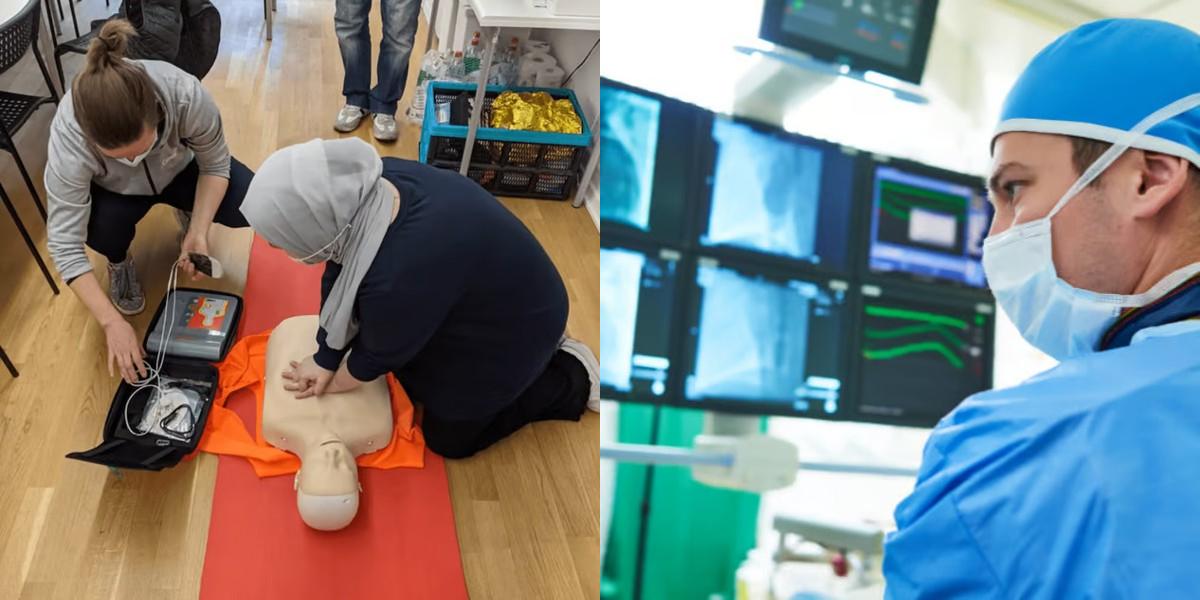CPR-BLS vs Radiology Technician

When it comes to choosing a career path, it's important to consider your interests, skills, and the job market. Two popular vocational training options are becoming a CPR-BLS (Basic Life Support) provider and a Radiology Technician. While both careers involve helping others, there are some key differences between the two. In this blog post, we will explore the roles and responsibilities of a CPR-BLS provider and a Radiology Technician, as well as the education and training required for each career. We will also discuss the career outlook and salary potential for both professions. Whether you're considering a career in healthcare or looking to switch paths, this comparison will help you make an informed decision.
CPR-BLS vs Radiology Technician: Career Outlook and Salary
CPR-BLS Provider:
- The demand for CPR-BLS providers is expected to remain steady, as emergencies can occur in various settings, including hospitals, clinics, schools, and public places.
- The average salary for CPR-BLS providers varies depending on their level of experience, location, and work setting. According to the Bureau of Labor Statistics, the median annual wage for emergency medical technicians (which includes CPR-BLS providers) was $36,650 in May 2020.
Radiology Technician:
- The demand for Radiology Technicians is projected to grow faster than average, driven by the aging population and advances in medical imaging technology.
- The average salary for Radiology Technicians also varies depending on experience, location, and specialization. According to the Bureau of Labor Statistics, the median annual wage for Radiologic Technologists was $63,120 in May 2020.
Final Thoughts
Choosing a career in healthcare is a noble and rewarding decision. Whether you're interested in providing immediate care in emergency situations or performing diagnostic imaging procedures, both CPR-BLS and Radiology Technician careers offer unique opportunities to make a difference in people's lives. Consider your interests, skills, and long-term goals when deciding which path to pursue. Remember to research the specific requirements and certifications needed for each career, and seek guidance from professionals in the field to make an informed decision.
Dreambound's educational programs open doors to exciting opportunities. For a more comprehensive understanding of the potential within these two vocations, we invite you to explore further details by visiting:

Athena is Co-founder and CEO of Dreambound.





